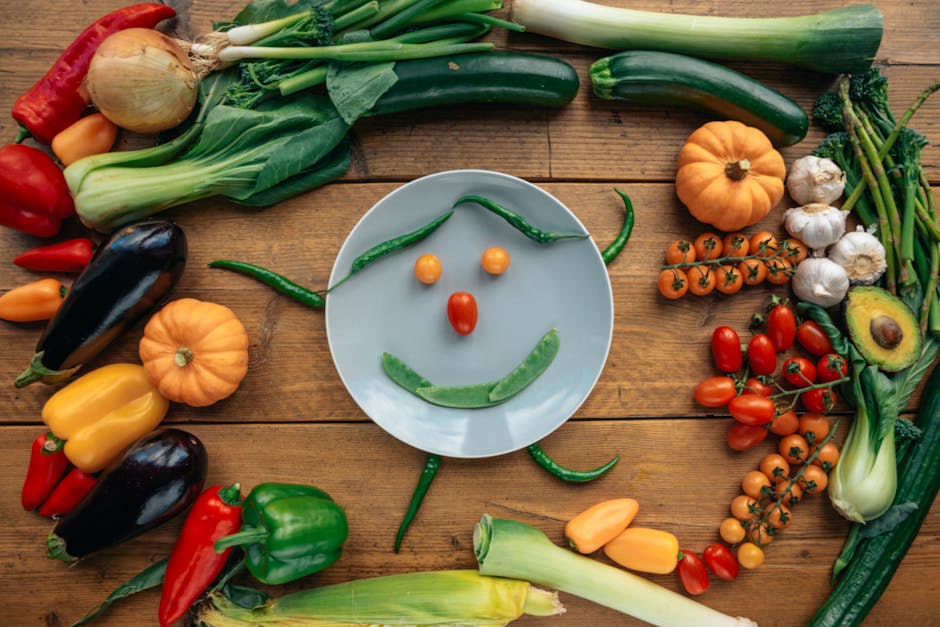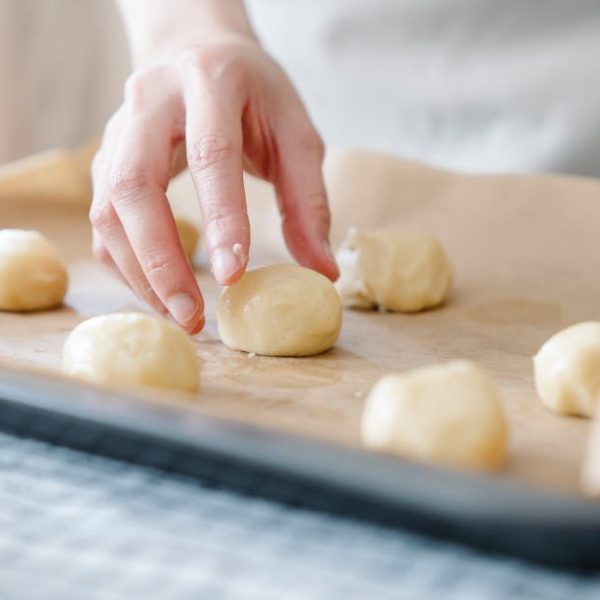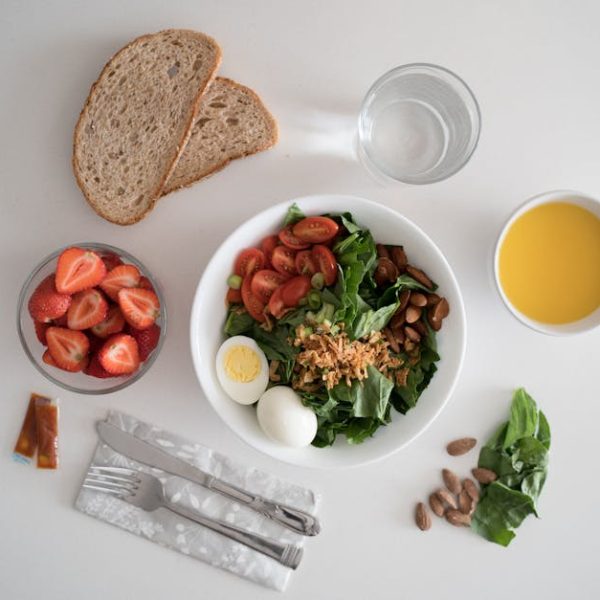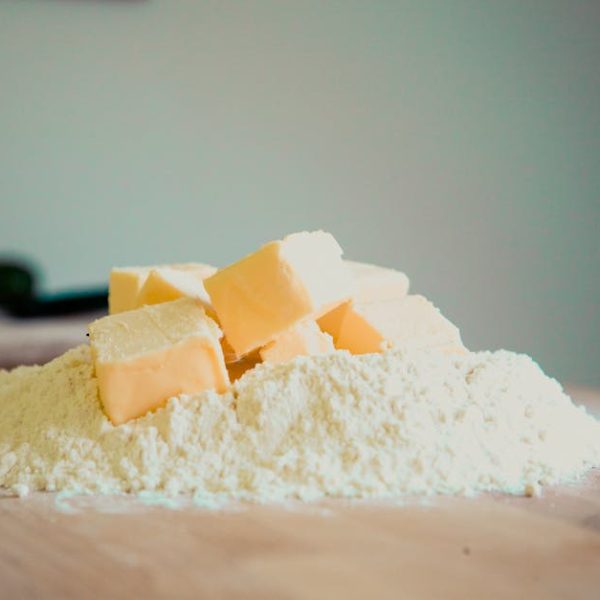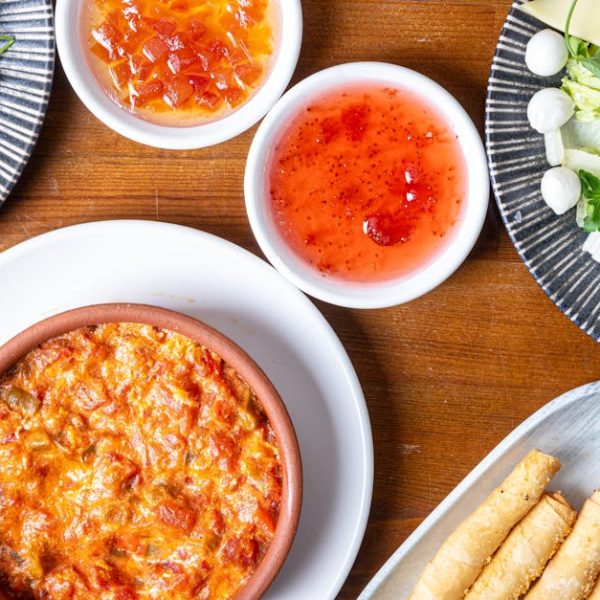From sweet and mild to scorching ecstasy, chili peppers come in a breath-taking variety of flavors, heat, and colors. Each variety has a unique personality that has the potential to add an extraordinary spin to ordinary meals. Let’s travel the flavorful journey of these 11 chili peppers, spicing up your meals with their unique essence.
1. Bell Pepper
Far from the spicy stereotype of chilies, bell peppers bring color and crunch to your dishes without the fiery heat. They come in a rainbow of hues including green, red, yellow, and even purple, each bearing its sweet and mild flavor. Whether it’s a stir-fry, fajitas, or a hearty ratatouille, bell peppers can brighten up any dish with their vibrant colors and crisp texture.
- Popular dishes: Stir-fry Vegetables, Stuffed Bell Peppers, Fajitas
- ️ Pro Tip: Look for firm and bright peppers for the freshest taste. Store in the crisper drawer of your fridge for maximum shelf-life.
2. Poblano Pepper
Poblanos offer a pleasant kick of heat, perfect for warming your palate without burning your taste buds. When dried, they are called ancho chilies, a key ingredient in traditional Mexican cuisine. Their rich, slightly fruity flavor and low-medium heat level fare well in a variety of dishes.
- Popular dishes: Enchiladas, Chile Relleno, Mole sauces
- ️ Pro Tip: Roasting and peeling poblano peppers mellow their flavor, making them ideal for stuffing or saucing.
3. Jalapeño Pepper
The culinary scene has been spiced up globally by the flavor-packed jalapeño pepper. It offers a balance of heat and flavor, upgrading your nachos, salsa, and tacos to new, tantalizing heights.
- Popular dishes: Jalapeño Poppers, Guacamole, Salsa
- ️ Pro Tip: Remember to remove the seeds and membrane if you fancy a milder heat. Always wash your hands thoroughly after handling.
4. Serrano Pepper
Next up, slightly hotter than our friend Jalapeño, is the Serrano pepper. Its noticeable heat is complemented by a brightly savory flavor that enhances tuna, beef, and pork dishes.
- Popular dishes: Serrano Hot Sauce, Serrano Salsa, Spicy Beef Tacos
- ️ Pro Tip: Use sparingly until you’re sure of your heat tolerance and don’t forget to taste as you go.
Continuing our culinary journey, we will explore hotter and more challenging peppers, each adding their own unique spice to your dishes. From the frequently used Cayenne pepper to the world’s hottest Carolina Reaper, the exploration of flavors is boundless and sure to zest up your meals. The article will conclude with a spicy head-to-head comparison between Jalapeno and Habanero peppers and a final checklist of the best ways to add chili peppers to your meals. Hold on to your taste buds, we are just getting started!
5. Cayenne Pepper
Subtle enough not to overpower your meals but potent enough to deliver a clear punch of heat, cayenne peppers are versatile and well-loved. They are most commonly used in powdered form, adding a moderate level of spiciness to any meal from tangy dips to robust barbecue sauces.
- Popular dishes: Cajun Shrimp Pasta, Spicy Chicken Wings, Cayenne Pepper Chicken
- ️ Pro Tip: Consider the overall flavors of the ingredients in your dishes before deciding how much cayenne pepper to toss in. For those less tolerant of spiciness, less is more!
6. Habanero Pepper
Underneath its extreme heat, Habanero Peppers harbor a fruity, citrusy flavor that can surprise your palate. This makes it an excellent choice for spicy salsas or as a condiment for those adventurous and spice-loving food enthusiasts.
- Popular dishes: Habanero Salsa, Jerk Chicken, Spicy Habanero Shrimp
- ️ Pro Tip: Don’t be fooled by its small size, Habanero peppers pack quite a punch. Always handle with caution and avoid touching your eyes after handling these peppers.
7. Ghost Pepper
Push your culinary boundaries with Ghost Peppers, one of the hottest peppers, falling between 850,000 – 1,000,000 SHU. Their heat is almost overshadowed by their aromatic, smoky flavor, making them popular in many spicy dishes.
- Popular dishes: Ghost Pepper Salsa, Ghost Pepper Chili, Hot Wings
- ️ Pro Tip: Use sparingly and always wear gloves when handling Ghost Peppers to avoid any discomfort.
8. Scotch Bonnet Pepper
Almost synonymous with Caribbean cuisine, Scotch Bonnet Peppers bring a sweet, tropical flavor underneath their intense heat. These peppers are often used in jerk recipes, found in traditional dishes across many Caribbean islands.
- Popular dishes: Scotch Bonnet Hot Sauce, Jerk Chicken, Rice and Peas
- ️ Pro Tip: Scotch Bonnets are considerably hot. It’s often recommended to remove the seeds and membrane to lessen the heat while maintaining their unique flavor.
9. Carolina Reaper Pepper
The crown jewel of hot peppers, the Carolina Reaper holds the world record for the hottest pepper. With an average of 1.5 million SHU, it’s not for the faint-hearted. It’s best to use minimal amounts while cooking and to always use gloves when handling.
- Popular dishes: Carolina Reaper Hot Sauce, Spicy Chili, Dragon’s Breath Popcorn
- ️ Pro Tip: Use extreme caution with Carolina Reapers. Its heat is not a joke and it can cause severe pain if mishandled.
Jalapeno vs Habanero: A comparison
When it comes to choosing between a Jalapeno or Habanero, the main factors you need to consider are the taste, heat, and versatility. Jalapenos are less spicy and more versatile while Habaneros have a hotter but complex, fruity flavor. Here’s a quick comparison chart:
| Pepper | Taste | Heat Level | Versatility |
|---|---|---|---|
| Jalapeno | Savory and bright | Moderate | High |
| Habanero | Fruity and fragrant | High | Medium |
- ️ Pro Tip: Choose based on the dish you’re preparing and your tolerance for heat. Jalapenos work great for everyday cooking with a spicy edge, while Habaneros are perfect for special occasions where a fiery kick is welcome.
Best Ways to Use Chili Peppers in Your Meals
The incorporation of chili peppers can elevate the flavor and add a hot twist to the most mundane of meals. However, each chili pepper has a unique flavor profile and heat level, so knowing how to best use them in your cooking is key.
- Use a mild pepper like bell or poblano when you want to add flavor without too much heat.
- Intensify the heat by including the seeds and membrane of the pepper in your dish.
- Taming the heat of a spicy pepper is possible by removing the seeds and membrane or by roasting it.
- Different cooking techniques, like smoking or roasting, can bring out uniquely flavorful tones in peppers.
- Try various peppers in your sauces or dips to discover new taste combinations.
Using chili peppers in your meals is a warm adventure
Key Takeaway:
- This article provides a deep dive into 11 different types of chili peppers, highlighting their flavors, heat levels, and potential uses in meals.
- Each pepper variety, ranging from the mild bell pepper to the fiery Carolina Reaper, contributes a unique blend of taste and spice to various dishes.
- Proper handling and usage techniques of these chili peppers can mitigate their heat and also enhance their flavors.
- A balanced comparison between popular peppers Jalapeno and Habanero provides readers a clear understanding of their varying taste profiles and heat levels.
- Practical tips on integrating chili peppers into meals are given, suggesting several techniques like roasting, drying, or smoking to extract specific flavors.
Chili peppers offer a fascinating range of flavors, heat, and dynamic twist to your meals. From delightfully mild to daringly spicy, the journey of tasteful exploration is far from boring. So go ahead, experiment with these peppery wonders, master the art of spicing up your meals at the right level, and savor the joy of flavorful and exciting culinary creations.
FAQs
Q: How can I reduce the spiciness of a dish if I accidentally made it too spicy with chili peppers?
A: You can add dairy products, sweeteners, or acidic ingredients to balance out the heat in the spicy dish. Also, for future cooking, keep in mind that removing the seeds and inner membranes of a chili pepper can significantly reduce its heat.
Q: Can you build a tolerance to eating spicy foods over time?
A: Yes, regularly consuming spicy foods can aid in building tolerance over time. Start slowly and increase the heat level gradually to acclimate your palate.
Q: Can I substitute one type of chili pepper for another in recipes?
A: Yes, but always consider the flavor profile and heat level of the substitute chili pepper, as it can significantly affect the final taste of your dish.
Q: What are some health benefits of chili peppers?
A: Chili peppers are rich in vitamins A and C, and contain capsaicin, which may have anti-inflammatory properties, boost metabolism, and support cardiovascular health.
Q: What is the Scoville Heat Unit (SHU) and why is it important?
A: The Scoville Heat Unit (SHU) is a measurement of the pungency or heat of chili peppers. It’s useful in determining the level of heat a particular pepper can bring to a dish, allowing you to better manage the spice level in your cooking.
Enjoyed reading about the different types of chili peppers? Don’t forget to share this article with your friends and explore more fascinating posts on our website.
